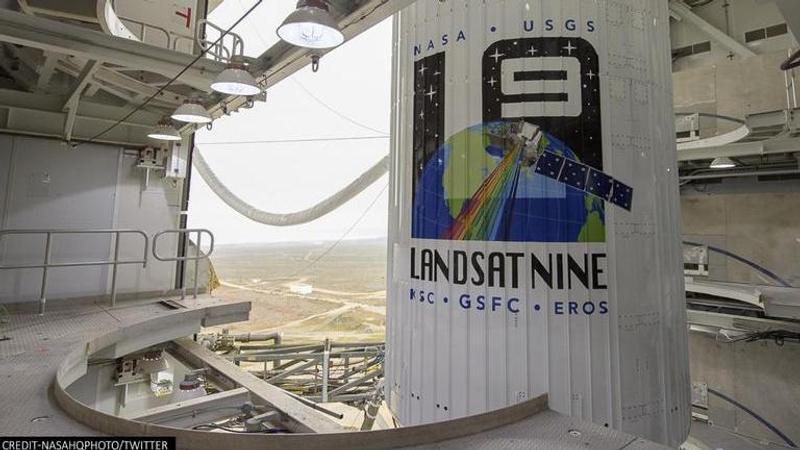Published 14:59 IST, September 27th 2021
NASA's Landsat-9 Earth-observing satellite to launch on Sept 27 from California coast
US space agency NASA is set to launch its newest powerful Earth-observing satellite - Landsat 9 - into orbit from the California coast on Monday, September 27.

US space agency NASA is set to launch its newest powerful Earth-observing satellite - Landsat 9 - into orbit from the California coast on Monday, September 27. According to a press release, Landsat 9, which is the continuation of a series of Earth-observing spacecraft stretching back to almost 50 years, will be sent upon an Atlas rocket from the Vandenberg Space Force Base. The scheduled lift-off time is 2:12pm EDT (11:42pm IST).
While speaking at a press conference, NASA launch director Tim Dunn said that the spacecraft, the Atlas V rockets, all range equipment, are ready. Dunn informed that the mission has a 30-minute window in which to lift off from Vandenberg’s Space Launch Complex 3E. He said that four small CubeSats will also launch into orbit with Landsat-9, adding that the two will study the solar wind and exoplanet atmosphere as part of NASA research and the other two will be flying undisclosed mission for the US Space Force.
According to the US space agency, Landsat 9 will be joining its sister satellite, Landsat 8, in collecting images from across the planet every eight days. The US Space Force has predicted a 90 per cent chance of favourable weather conditions for the launch. NASA said that the equipment onboard Landsat 9 will give a boost to space scientists’ ability to measure changes on the global land surface.
NASA's Landsat programme
The Landsat programme is a joint effort by NASA and the US Geological Survey. The programme has provided constant imagery of Earth for nearly 50 years. The satellite carries a high-resolution camera and a sensitive infrared sensor that together can image the Earth across 11 spectral bands and resolve objects down to about 15 meters wide. Landsat 9 is expected to improve and expand upon an “unparalleled record” of Earth.
Landsat 9 is designed to last at least 5 years in orbit. It will replace the ageing Landsat 7, which is also in use today. It is worth mentioning that Landsat satellites have been studying the Earth since 1972. If NASA is unable to launch the satellite on Monday, a backup launch window is available on Tuesday, with similar weather conditions expected.
(Image: Twitter)
Updated 14:59 IST, September 27th 2021



